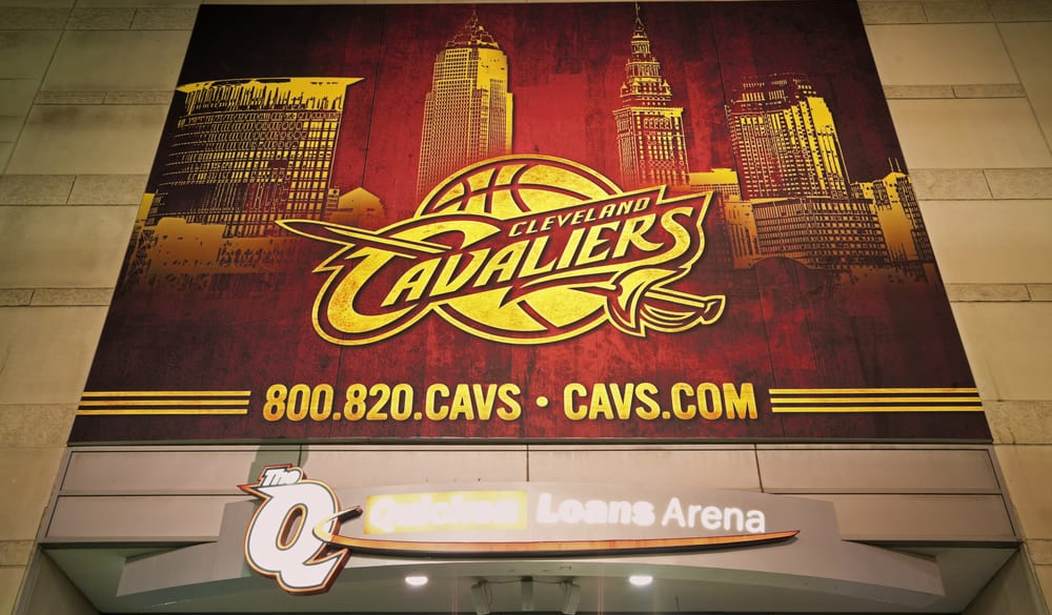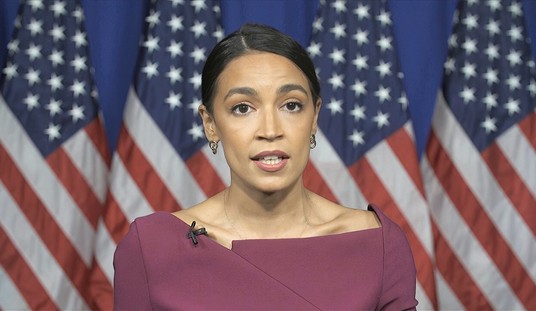The Cleveland Cavaliers want $140 million for a makeover of the Quicken Loans Arena—The Q—and like most teams, they want the taxpayers to foot the bill. This is the norm in the world of sports today, especially a decade or two into the life of a venue, but should it be? Some people think not.
I began my public comments addressing the absurdity of the belief that the Q is comparatively old and outdated and at 23 years old is at tail end of the life expectancy of an arena. This is illogical and ridiculous when you realize that the Q is one of 16 arenas in the NBA built in the 1990s, in addition to 20 NHL arenas built that decade. Besides a rare outlier, all of them expect to have a useful life of 50 years or more.
I then pointed out that almost all of these arenas built in the 1990s have recently or are in the planning stages of an extensive upgrade/renovation similar to the proposed Q renovation plan. However, the main purpose of my comments was to dispel this myth that the public contribution/financing aspect of this plan is much better for the City and County taxpayers compared to the deals other cities have given their sports teams to renovate similarly aged arenas. This will show this is simply not true and in fact the opposite.
From the questions asked by Council Members, it seems the prevailing attitude is most don’t like that this renovation plan calls requires at least $121m in public funds on top of the $23m that was given to the Cavs in 2014 as part of the Sin Tax extension. However, it seemed that many on Council are resigned to support it because they haven’t questioned two of the following premises they have been told to believe…
- This level of public subsidy is the price all cities pay to have the benefits of an NBA or NHL team and we should be thankful because the Q renovation deal currently in front of Council is a much more public friendly deal than most cities agree to for renovating similar aged arenas.
- Without this renovation the Q cannot compete against newer arenas to land events costing us job, spending and tax revenue and if we don’t agree to this deal we risk the Cavs moving just like the Browns did in 1995.
Both of these arguments are presented far too often to justify taxpayer expenditures of what are, essentially, private venues used by a single sports franchise. However, the author of this piece, Mike Burkons, points out that Salt Lake City, Utah, funded their own renovation despite being a much smaller market than Cleveland.
It’s also worth noting that the Cavs aren’t the only ones using the arena, though most of the other teams are owned by Cavs majority owner Dan Gilbert. Gilbert is also the chairman of Quicken Loans. The arena itself is owned by the nonprofit called Gateway Economic Development.
Still, it’s worth considering alternatives to taxpayer funding, especially since Gilbert is set to be the primary beneficiary of taxpayer largess.









Join the conversation as a VIP Member